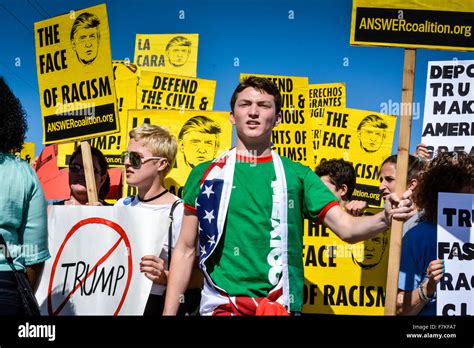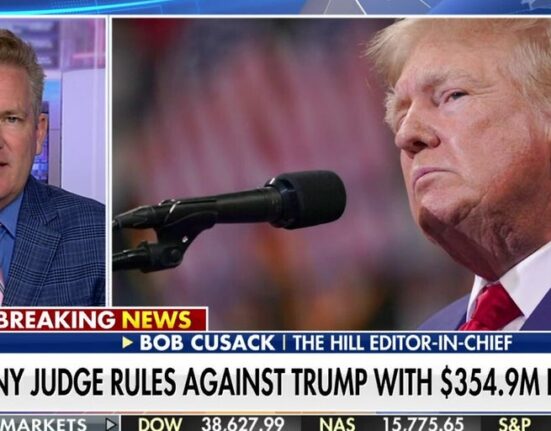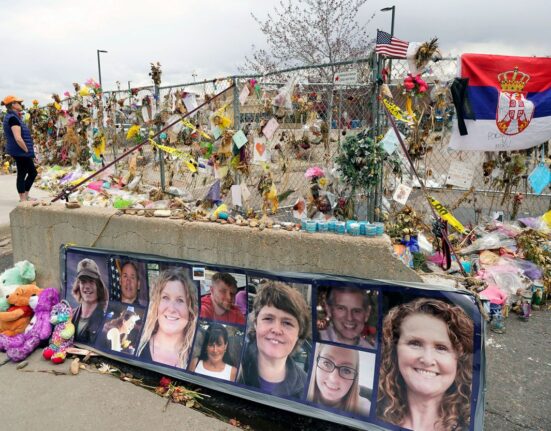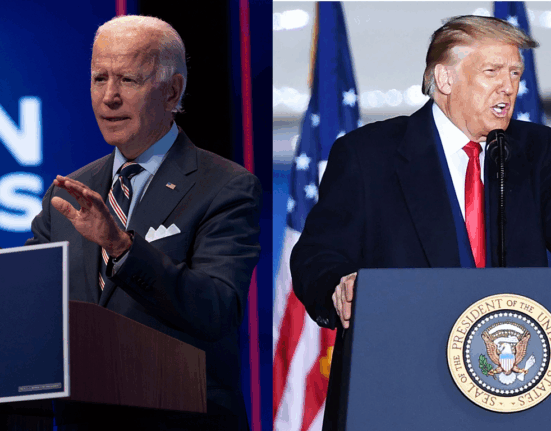In the heart of America, a silent but profound war is raging. It’s not fought with guns or swords but with ballots and ideologies. The battleground? The intricate social fabric that weaves together individuals from different walks of life.
“Exit polls indicated a 15-point swing toward Trump among voters earning less than $50,000.”
Let’s delve into the layers of this conflict, starting with the traditional pillars of society—money and education. Once reliable indicators of voting patterns, they no longer hold the key to understanding the political landscape. A seismic shift has occurred, reshaping alliances and upending long-held assumptions.
As we navigate this evolving terrain, it becomes clear that simplistic class distinctions no longer suffice. The lines between the working class, the affluent elite, and a rising Professional-Managerial Class (PMC) have blurred, creating a complex web of influences and allegiances.
“The vote is evidence of dealignment, not realignment: voters below $100,000 split basically down the middle.”
Expert voices like historian Tim Barker caution against hasty conclusions. They suggest that what we’re witnessing is more nuanced—a subtle dance of power dynamics and shifting identities. It’s not just about income brackets; it’s about aspirations, resentments, and deeply ingrained societal norms.
So who are these classes shaping America’s political destiny? At one end stand the working class—those dependent on low-wage jobs without much control over their circumstances. Then there are the wealthy elites basking in privilege and power derived from controlling resources.
But amidst these familiar archetypes lies the PMC—a cadre of educated professionals wielding influence across sectors. From classrooms to boardrooms, they shape policies and perceptions that ripple through society, often determining the fates of their less empowered counterparts.
“You can’t understand U.S. politics now unless you acknowledge…the Professional-Managerial Class.”
Picture a high school drama unfolding on a national stage—the academically gifted striving for success alongside those carving their paths through grit and ambition. It’s a narrative rich in contrasts and contradictions that mirror America’s intricate social tapestry.
While statistical analyses struggle to capture this complexity adequately, real-life experiences paint a vivid portrait of diverging aspirations and values. Aspirations beyond mere redistribution towards self-sufficiency echo through communities where agency holds more allure than handouts.
The quest for autonomy resonates deeply with many working-class Americans who yearn for economic independence over state dependency. This desire transcends mere material gain; it embodies a longing for dignity earned through hard work and self-reliance.
“Social democracy’s problem was that most people did not want to be passive recipients…”
In this clash of ideals and realities lies an opportunity for reimagining welfare paradigms—one rooted in empowerment rather than entitlements alone. It beckons us to redefine success beyond financial measures towards holistic notions of self-worth and autonomy.
As narratives converge around Trumpian bravado challenging established norms, deeper questions emerge about identity politics at play in shaping electoral landscapes. What drives individuals to align with certain candidates goes beyond policy promises—it delves into core beliefs about society itself.
Through this lens of intersecting classes emerges a mosaic reflecting diverse hopes and fears intertwining within America’s collective consciousness.









Leave feedback about this